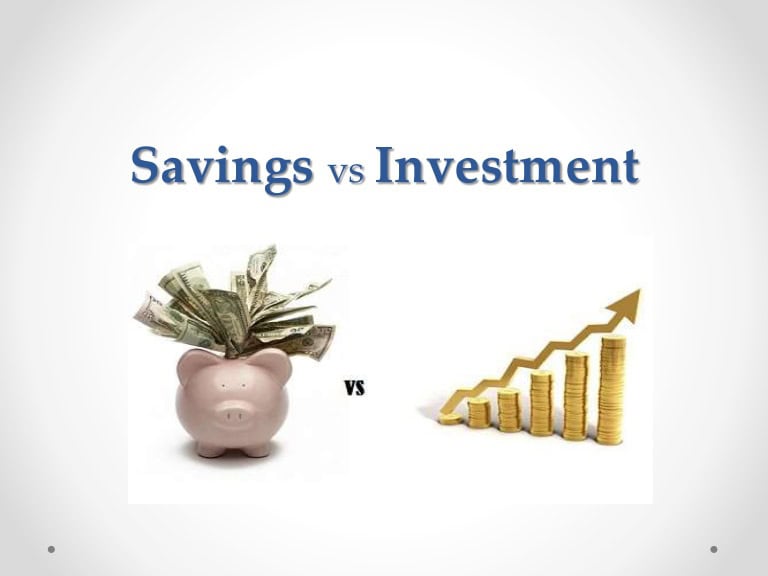
Saving and investing are like two roads diverging in a wood. Both can get you where you want to go, but knowing which strategy to use can make all the difference. Some goals can only be achieved with the growth of investments, while others require the security of a savings account. So how’s a financial traveler to choose the right road to take with his or her money?
When to save and when to invest depends on your financial goal, time frame and the amount of risk you’re willing to take, says Andrew Crowell, vice chairman of wealth management at D.A. Davidson & Co. in Los Angeles. As a rule of thumb, you should save when your financial goal is less than three years away or you don’t want to take a lot of risk with your money. Invest when your goal has a longer time frame and you’re willing to take some risk for a higher potential return.
To break it down further, here’s a look at the key differences between saving and investing money.
Saving and investing money are both essential to reaching your financial goals. “Saving typically involves storing money in a money market or high-yield savings account and allows you to earn interest and access your cash fairly quickly without penalty,” says Ravi Kumar, head of internet banking at CIT Bank in Pasadena, California. “Accounts such as these are typically FDIC insured too, so your money remains safe and secure.”
For the added security that your money isn’t going anywhere, savers accept a lower return. If you’re willing to lock your money up for an extended period of time, you can get a higher return with certificates of deposit. But even CDs pale in comparison to what investments can earn long term.
If the catchwords for saving are “safe and secure,” the ones for investing are “risk and reward.” Investing “requires taking on more risk but has the potential to yield a higher return on your investment,” Kumar says. “The stakes are higher but so are the potential benefits.”
Everyone should both save and invest; the question is when to do one versus the other. The answer comes down to your goal and time horizon.
“We typically save for a very specific objective,” Crowell says, like buying a new house or putting a new roof on your old one. Since your savings goals are often shorter term, you don’t want to take too much risk with your money. So you put it in a savings or money market account or a CD, where you can trust it will still be there when you’re ready for that roof.
You invest rather than save for longer-term financial goals because you want your money to grow. As your time frame extends, taking a little more risk becomes worth the added potential return. The farther out your time horizon is, the more crucial that additional return potential becomes.
“Inflation is a reality,” Crowell says. For longer-term goals, “we want something that will at least maintain our purchasing power,” and will hopefully grow to be worth much more over time.
In the near term, inflation’s gradual erosion of your purchasing power isn’t very noticeable, so a 2% savings account interest rate can suffice. But over decades, inflation can cripple your money’s value. To illustrate, consider that $100,000 in April 2019 has the same buying power as just over $27,000 did in April 1979. This means you’d need $100,000 today to buy all the things you got for $27,000 in 1979.
“Investing gives you the best hedge to protect against inflation,” Crowell says. But to get the best chance of a higher-then-inflation return on investment, investing should be reserved for goals that are at least three to five years in the future.
How Much to Save Versus Invest
To help you decide how much to keep in savings versus investments, Crowell suggests creating a financial plan. List out your financial goals, resources (think income and current savings and investments) and obligations (think expenses, mortgage or rent and debt — including outstanding credit card balances). Once you have a clear vision of where you are and where you want to go, you can start allocating your resources to savings and investments.
You can create your financial plan old-school style with paper and pen, or use a financial planning software. You could even go above and beyond and partner with a financial advisor for an extra robust plan. Wherever you begin, the important thing is taking that first step. Until you cross the first hurdle and begin saving and investing, your financial goals will remain out of reach.























